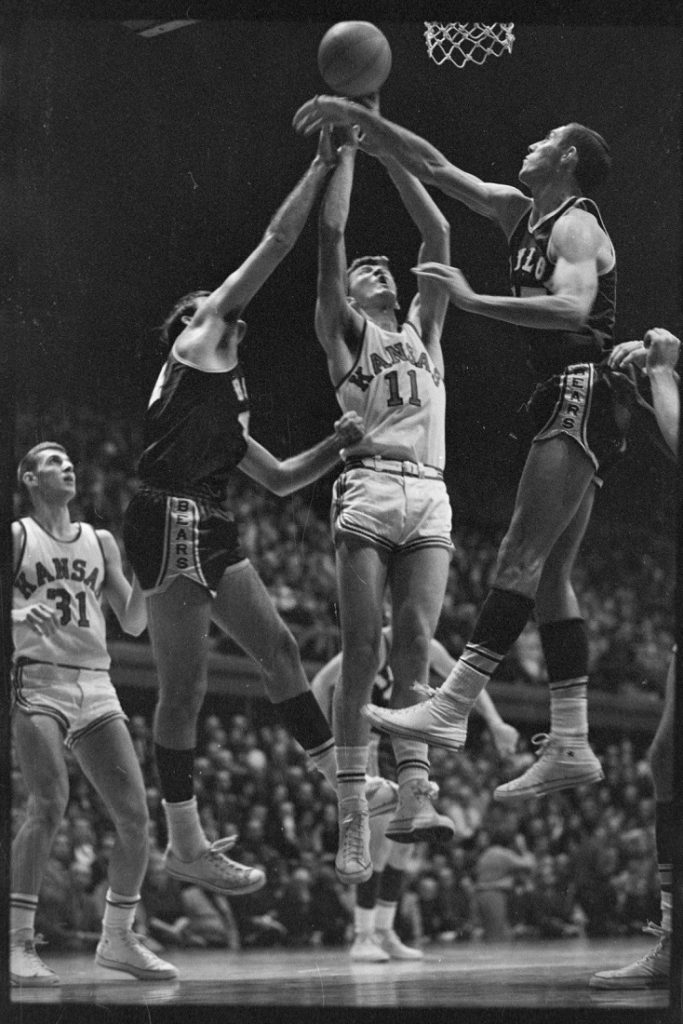There is so much uncertainty in the world of dating and relationships. Countless questions abound: Am I interested in this person? Who should make the first move? How soon is too soon to talk to the other person after a date? Should you play it cool and aloof or be more earnest about conveying your feelings for someone? How long should you wait to define the relationship or discuss being exclusive with your partner? Does wanting to have that discussion make you seem needy or confident? The list goes on and all of your friends, all of the dating articles available to you, and every show on television seem to have conflicting opinions. Wouldn’t it be nice if there was a guidebook – a collection of dos and don’ts when it comes to dating so you would know what to do or expect? Well, look no further than the collections at Spencer Research Library!

First page of the chapter entitled “Etiquette of Courtship and Marriage.”
Social Life; or, The Manners and Customs of Polite Society by Maud C. Cook.
Kansas City, Mo.: S.D. Knapp & Co., 1896. Call Number: C23427. Click image to enlarge.
Published in 1896 in Kansas City, Missouri, Social Life; or The Manners and Customs of Polite Society by Maud C. Cook is just one of several 19th and early 20th century etiquette books housed at Spencer. In addition to the etiquette of courtship and marriage, Social Life also details the proper etiquette for everything from correspondence to childcare and so much more. While some of the content may no longer be directly applicable in today’s society, many of the tenets regarding courtship and marriage are rather insightful.
“Intuition, our own selfhood, is nature’s highest teacher, and infallible; and tells all by her ‘still, small voice within,’ whether and just wherein they are making love right or wrong.”
Modern translation: Trust your instincts. No one knows you better than you know yourself. From choosing a partner to guiding the progression of your relationship, if something feels wrong, trust that feeling.

Illustration, “A Polite Escort,” in Social Life; or,
The Manners and Customs of Polite Society by Maud C. Cook, 1896.
Call Number: C23427. Click image to enlarge.
“Again the young lady who willfully, knowingly, deliberately draws on a man to place hand and heart at her disposal simply for the pleasure of refusing him and thus adding one more name to her list of rejected proposals is utterly unworthy the name of woman.”
Modern translation: Be kind. Don’t lead someone on or pretend you have feelings for them when you don’t. Be honest about your feelings and intentions, whatever they may be.
“Differences must needs arise, which cannot be adjusted too soon.”
Modern translation: Communicate. Address problems and differences calmly and in a timely manner. If something has upset you, speak up, just do so respectfully.

Illustration, “Declined with Regrets,” in Social Life; or,
The Manners and Customs of Polite Society by Maud C. Cook, 1896.
Call Number: C23427. Click image to enlarge.
“She should never captiously take offense at her fiancé’s showing the same attention to other ladies that she, in her turn, is willing to accept from other gentlemen, and she should take the same pains to please his taste in trifles that he does to gratify her slightest wish.”
Modern translation: Don’t be hypocritical when it comes to your partner’s actions. It is unfair for you to be upset over behavior that is similar to your own.
“See or correspond with each other often. Love will not bear neglect. Nothing kills it equally. In this it is most exacting. It will not, should not, be second in anything. ‘First or nothing,’ is its motto.”
Modern translation: It is not a badge of honor to ignore someone, especially if you care about them. Spend time with the one you love and do your best to stay connected.
Happy Valentine’s Day!
Emily Beran
Library Assistant
Public Services









